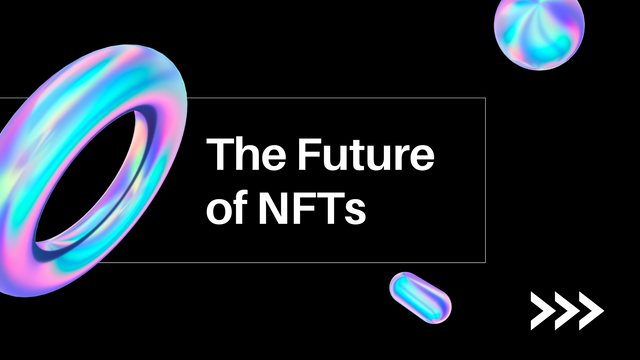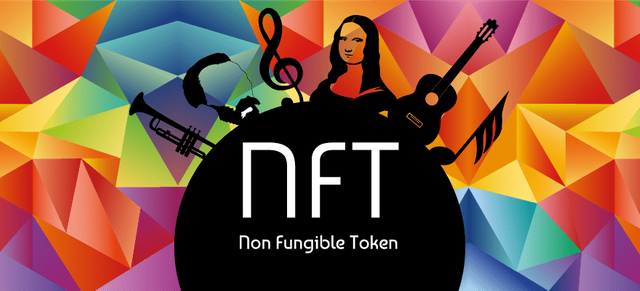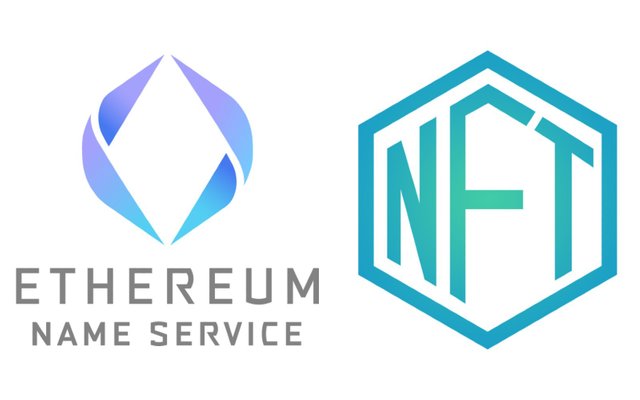The recent explosion in interest of NFTs by predominantly new adopters of blockchain begs the question, why?
What value beyond #price drives new users?

There have been many opinion pieces asking these same questions. How can a “rare #digital picture of a #cat” hold value if you can copy then save the underlying jpeg-file? Or even why would something unique have value in an illiquid #market?
Essentially the argument is that #intrinsic value is fundamentally irrational, NFT markets are #irrational because they don’t have wildy accepted use-value. They are #non-fungible, they, generally speaking, require sufficient user action to determine the initial price—much less continued price action when market liquidity is not guaranteed.

Art NFTs are generally intrinsic, there are opportunities for #community-designs to include curation roles. Naturally over time, ancillary activities such as reviews, influencers and “tastemakers” will help to transmute a dynamic environment of “illiquid art” to rational on-chain value, pushing mainstream adoption of rare digital goods.
So why do NFTs have value? Because by design they mirror human’s inherent nature to assign personal value to things on a network many people can access. It’s a medium that generally non-math people understand.

If on-chain “markers” of historical moments and cultural legitimacy are future drivers of accessible sources of “useful value”, via NFTs—on a network with money-like properties, specifically #Ethereum—then the future will be far less siloed, far more accessible and more dynamically connected. A world outside of existing socio-economic frameworks, globally.
#ethereum #bitcoin #crypto #dogecoin #nft #steemdollar #steemit
Nowadays NFT art has become very popular.
#affable #india
Downvoting a post can decrease pending rewards and make it less visible. Common reasons:
Submit
Yes and its gaining acceptance from investors in India.
Downvoting a post can decrease pending rewards and make it less visible. Common reasons:
Submit